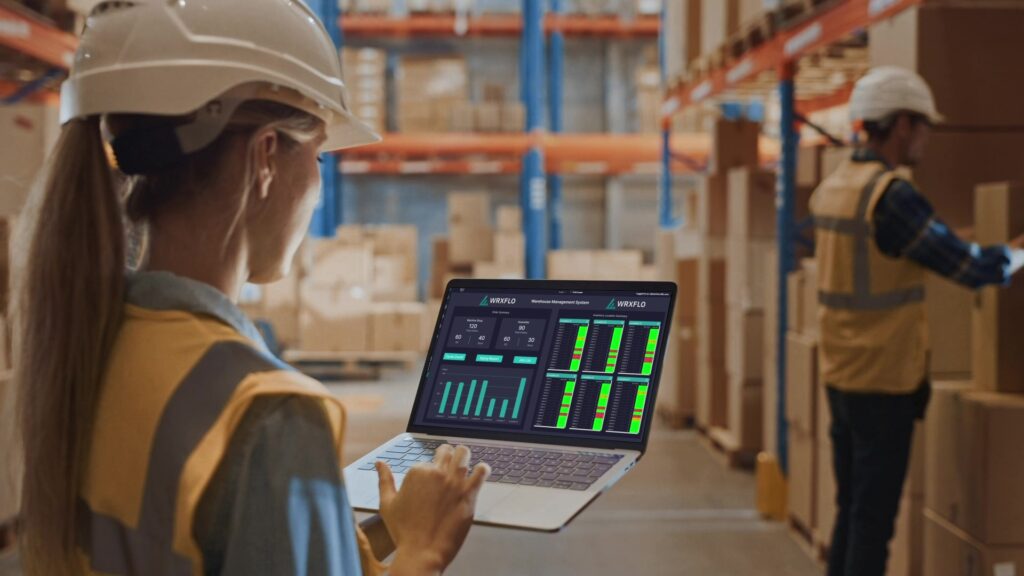
For the first time in history, thanks to connecting all our equipment and processes with the Industrial Internet of Things (IIOT), we can see exactly how the entire factory floor is performing in real-time. This digitalisation has brought about the Fourth Industrial Revolution (Industry 4.0), where IoT-powered robots and factory sensors give us important insights into how processes can be sustainably improved.
The smart factory has provided powerful data that can help reduce costs and downtime while increasing efficiencies and creating new business models.
Understanding Smart Factories
Smart factories, also known as Industry 4.0 factories, represent the pinnacle of modern manufacturing. They are intelligent and interconnected production ecosystems that leverage a diverse array of digital technologies to optimise every aspect of the manufacturing value chain. In these innovative facilities, physical manufacturing systems are interwoven with cyber-physical systems, creating a symbiotic relationship between the physical and digital realms.
With the advent of the Internet of Things (IoT) and the Industrial Internet of Things (IIoT), smart factories are able to gather real-time data from sensors, actuators, and other devices embedded in machines, products, and processes. This constant flow of data provides valuable insights for analysis and optimization, enabling factories to make data-driven decisions and take proactive measures to prevent downtime, improve product quality, and streamline operations.
What data can be gathered in the smart factory?
Data can be collected from manual scanners, networked machines in the factory and GPS data on trucks, all the way from components to end customers’ intake. This data can then be stored in the cloud and analysed remotely in greater detail. The more data gathered, the greater insight it will provide into what is actually going on and how processes can be further improved. Data can be captured from many sources, including:
- Equipment sensors
- Noise levels
- Temperature readings
- Performance of various components
- When servicing is due
- Total throughput of a process
- Downtime
- Error reports logged from connected systems
- Manual scanners
- GPS trackers
- Visual scanners of products or components
Utilising real-time data
Real-time data processing enables a company to see how well their systems are performing and provides the information when needed, rather than after the fact. Thanks to automation and smart learning, data gathered can be compared to target values and issues can trigger instantaneous reactions. This means that data can be immediately acted on and help with better decision-making to support increased productivity.
Quality control and planning
Quality assurance has seen transformative benefits from system integration and the large amounts of real-time data. Automatic image processing with sensors or cameras to identify defects has been a game-changer for quality assurance. Faulty products can be identified and removed as early in the product flow as possible, as cameras find issues quicker than later stage manual checks. Using real-time data analytics to improve quality control can help manufacturers gain a competitive edge in today’s fast-paced market.
Getting factory floor data provides the raw information for any amount of metrics needed to improve traceability and performance.
Predictive maintenance
Combining real-time data, machine learning and predictive analytics can tell you ahead of time when a machine will need repair. This can vastly speed up the production cycle, as it allows you to avoid unplanned downtime and machines can be kept operating at maximum efficiency.
Improve end customer communications
Component tracing, packaging and delivery have all been digitalised. Every element of production and logistics can be tracked and analysed, from raw components to end product delivery. The ability to track these elements means more efficiency and less waste. Real-time data improves asset utilisation and helps meet scheduling targets on time. They also provide greater certainty about delivery times, with any delays being logged in real-time.
Getting the most of real-time data with WrxFlo
Collecting, storing and analysing real-time data allows management teams to transform their factories into smart factories. With the correct KPIs, machine performance trackers can be turned into automated tools for predicting downtime and optimising production schedules.
With the WrxFlo platform, the smart factory is a reality. Our platform will help you collect data in real time and gain insights to your operational challenges. We can help you ensure better quality management, improved customer experience, greater efficiencies and lower costs.
To see how WrxFlo can help you realise the smart factory, contact us today and Request a Demo here.




